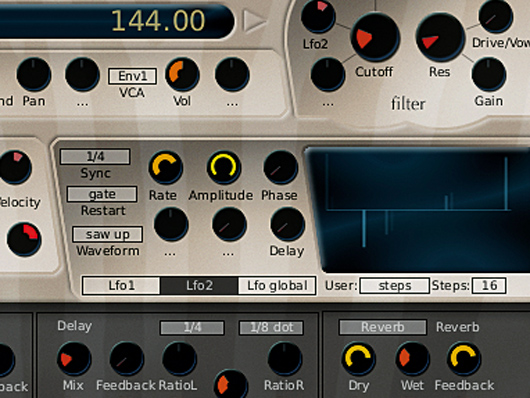How to make filthy dubstep wobble sounds
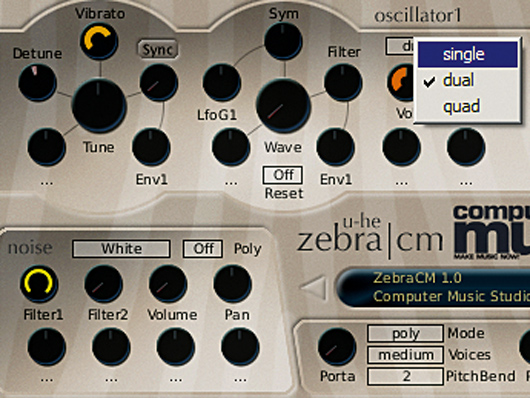
Getting started
Step 1: For this tutorial, we’re going to use two plug-ins from the CM Studio, the suite of software that comes included on ever Computer Music magazine cover DVD. There are many synths in the Studio, but the most flexible one for making big, bad virtual analogue sounds is ZebraCM. Load it into your DAW and turn oscillator2’s Volume level all the way down - we’re going to start with just a single oscillator. While you’re at it, set the first oscillator’s voice mode from Dual to Single.
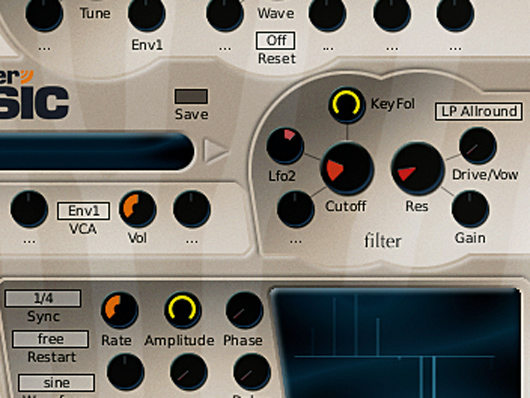
Oscillator 1 and filter
Step 2: Set oscillator1’s Wave knob to 2.00 to select a square shape. In the Filter section, right-click the modulation source knob that currently says Env2 and change it to LFO2. Set its level to 52.00, and adjust the filter Cutoff to 36.00. Turn the Resonance up to 12.50, and change the filter mode from LP Xcite to LP Allround.
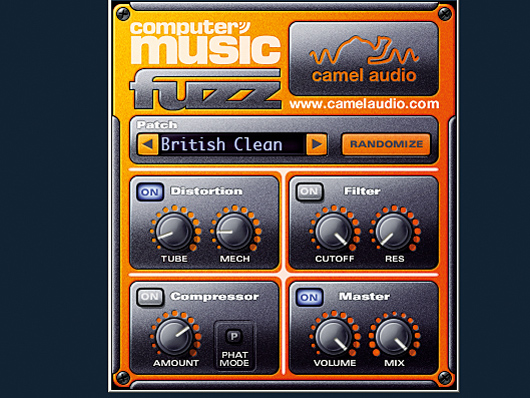
Adding some fuzz
Step 4: In your DAW, insert CM Fuzz into the ZebraCM mixer channel (or download CamelCrusher). Turn off the Filter and Compressor sections and copy the Distortion and Master settings shown here for a chunky, distorted sound without too many nasty high frequencies.
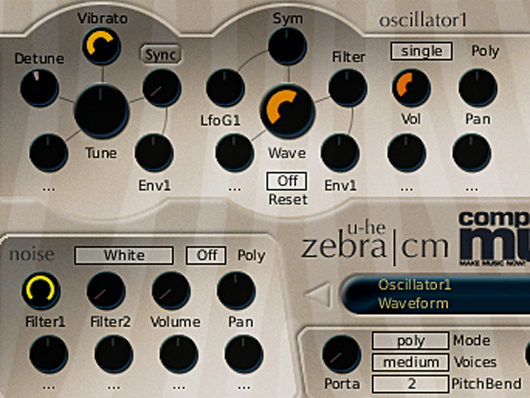
Other waveforms
Step 5: This simple sound is based around a square wave. To use more complex waveforms, sweep the Wave knob over to the right. These waveforms don’t have the raw power of the square, but have more interesting textures. For instance, a setting of 10.00 will give you a spongy timbre with a crunchy top end.
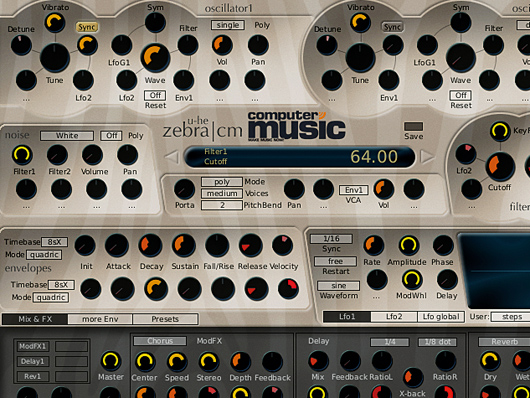
Finishing off
Step 6: Set the Wave knob back to 2.00. Another cool way to get nasty top-end frequencies is to use ZebraCM’s Sync feature. Activate this by clicking the Sync button and turn up the knob below it to 24.00. To get more from these nasty high-end sounds, turn the filter Cutoff up a bit so you can hear them more clearly.
Liked this? Now read: How to make a dubstep bass sound
Connect with MusicRadar: via Twitter, Facebook and YouTube
Get MusicRadar straight to your inbox: Sign up for the free weekly newsletter
Computer Music magazine is the world’s best selling publication dedicated solely to making great music with your Mac or PC computer. Each issue it brings its lucky readers the best in cutting-edge tutorials, need-to-know, expert software reviews and even all the tools you actually need to make great music today, courtesy of our legendary CM Plugin Suite.
